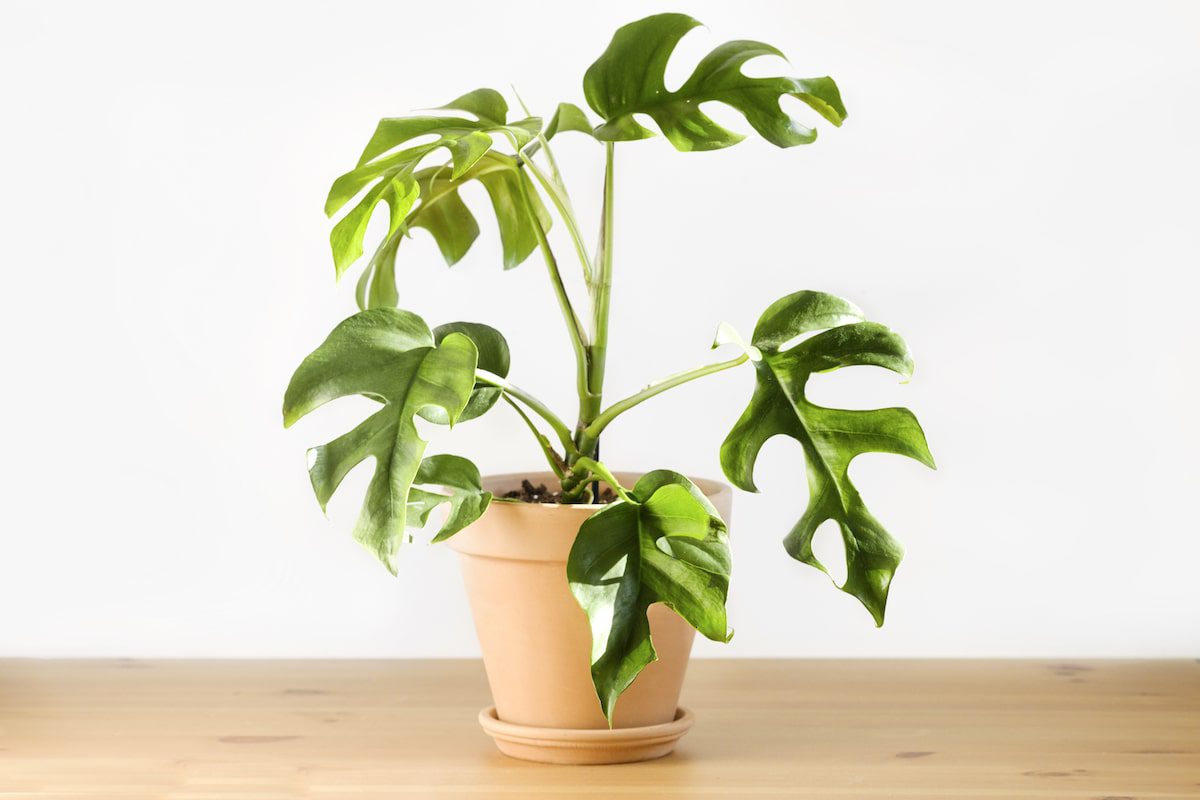First discovered in the late 1800’s by Joseph Dalton Hooker, the “Rhaphidophora” is a popular small climbing pant and is great for both indoor and outdoor use. If you are looking to create your own little “jungalow” this is one of the plants you should consider. The Rhaphidophora gets its name from the Rhaphidophora oxalates found in the plants centre, which are said to be thin and needle-like.
The second part of the plants’ name, “Tetrasperma” gets its name from the four-sided seeds that help the plant grow during its growing season. What this guide looks to do is briefly discuss how you can take care of your Rhaphidophora and provide you with tips on what to do and what not to do when looking after one.
Table of Contents
Things to note
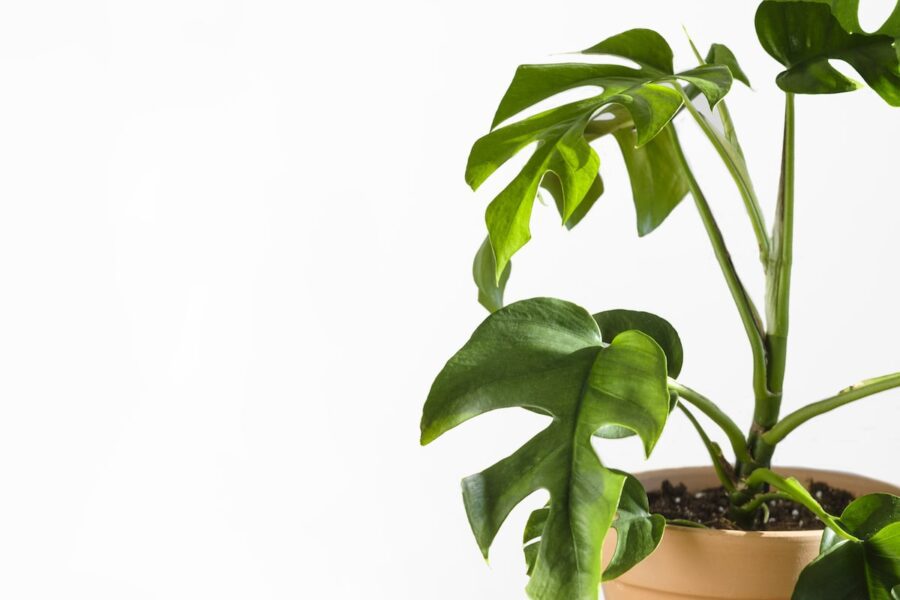
Before we dive into how to take care of the Rhaphidophora, let’s take a look at some tips surrounding it:
- The Rhaphidophora plant works and grows best in bright conditions. Be sure to keep it out of direct sunlight, though as it could damage the leaves.
- When looking for a pot for your Rhaphidophora, you should know that the best option is to find one that won’t dry out the soil too quickly. A plastic or terracotta pot would work well here, I feel.
- As is the case with many tropical plants, the Rhaphidophora appreciated humid growing conditions. Purchasing a humidifier is a good idea if you want rapid results. If you can not access a humidifier, you can increase humidity by getting a tray and placing a few rocks on it. Add a little water to the tray and place the pot on the rocks so that the water is not touching the pot or soil. This will create a little extra humidity.
- The Rhaphidophora is highly toxic to animals due to being a member of the Araceae family. So it is best to keep them hanging out of reach if you have dogs or cats at home.
- If you wish to propagate your Rhaphidophora plants, you can easily do so by cutting a stem with few baby leaves and place it in water or a good soil mix.
- Pruning is important for these plants, so offering them a stable trellis will help their aerial roots lean on the support you provide. You can also use plastic support tape for plants.
- The Rhaphidophora is considered an exotic jungle plant, but it can also be found in rainforests or dry climates, making it an easy-to-grow houseplant.
- If they are grown in ideal conditions in the rainforests, the Rhaphidophora can reach 12 feet.
Caring for and Growing your Rhaphidophora tetrasperma
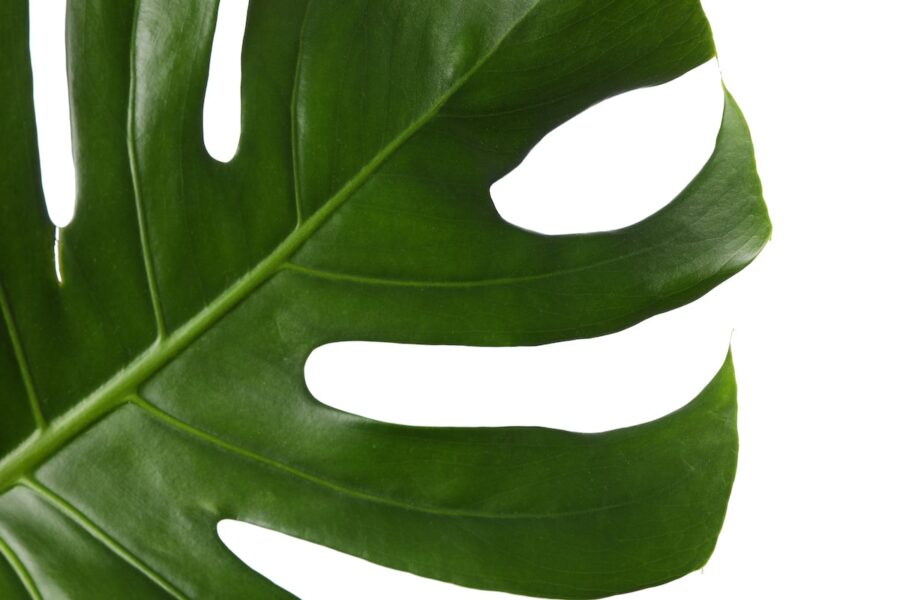
When compared to other plants, the Rhaphidophora is one of the easiest to care for. Like with all plants, certain criteria should be examined:
Light and Temperature
As mentioned above, the best light conditions for the Rhaphidophora are bright and indirect light conditions. The plant needs brightness to grow correctly, but not too much light because that could discolour and damage the leaves. If you have no choice but to plant the Rhaphidophora in, or near direct sunlight, I find that shade cloth is a good investment. One thing to avoid is low light. This will tamper with the plant’s natural growth cycle and prevent it from reaching its full growth potential.
In terms of temperature, anywhere between 50-85/90 degrees F will allow the plant to grow optimally. It can grow in cooler temperatures than that, but it does not take well to frost. If you do live in a colder area, I would suggest growing the plant indoors fully, or if you are planting it outdoors, look to find some heat source or move the plant inside if at all possible.
Soil
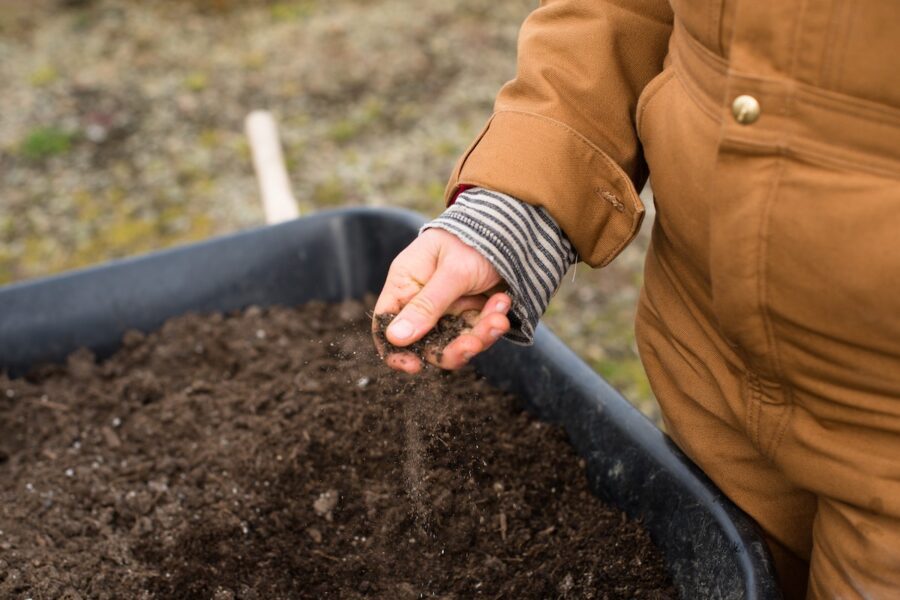
The type of soil used and how well it responds to certain stimuli will greatly impact the plant’s growth. I have found that organic loamy soil works well here, and adding some peat moss will allow for extra drainage, which is perfect for the plant. Ideally, you will want your soil to be at a pH of between 6-6.5.
Fertilizer
I would tend to feel this way about most plants but always look to use a balanced fertilizer that is not full of chemicals. This is especially true for the Rhaphidophora plant, which has sensitive roots and can be susceptible to root burn. Regardless of the fertilizer, you must be sure to fertilize regularly. Particularly when it is growing season, if using liquid fertilizer, look to use that once a month. If using diluted fertilizer, then every two weeks is fine.
Watering and Humidity
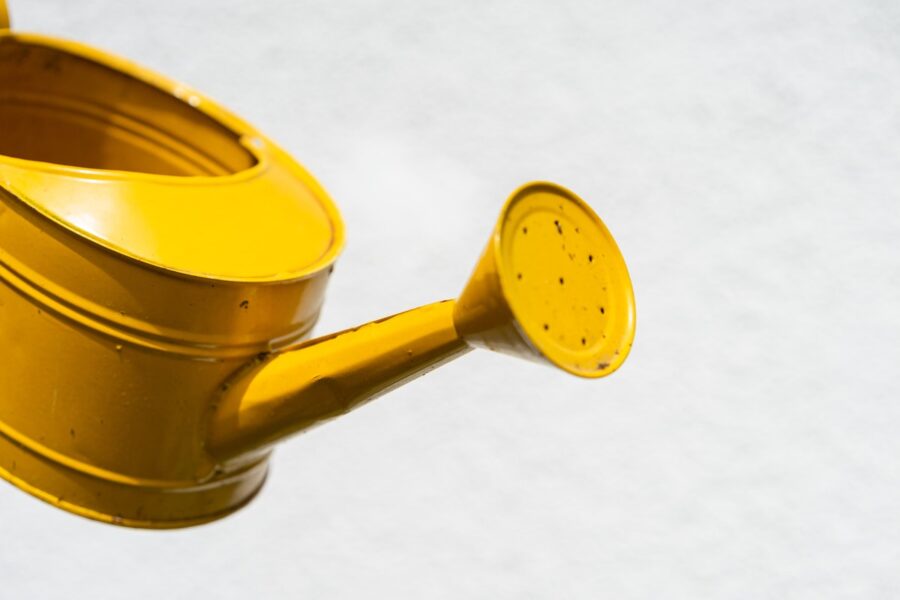
Watering a plant consistently will always be the key to success when it comes to successful growth. The Rhaphidophora is no different and grows best when the soil is watered evenly. The key thing here is not to overwater the soil, or you risk making it soggy.
This will increase the plants’ chances of contracting an infection or a disease. When it comes to watering frequency, during the cooler months of the year, you won’t need to water as often as during the spring or summer. When these plants are in active growth, they’ll need more water.
In terms of humidity, tropical plants like Rhaphidophora Tetrasperma prefer the humidity to be a bit higher around the plant than one would expect. 50-60% humidity is a good level to aim for directly around the plant. For this, you can use a humidifier or the pebble and water trick discussed above.
Propagation
Believe it or not, Rhaphidophora Tetrasperma propagation is surprisingly easy. Select healthy cuttings that have at least a few leaf nodes on them. Set these cuttings into a glass of water or into moistened potting soil. Make sure that the lowest leaf node is under the surface. After a short time, roots will form from that point.
Common issues
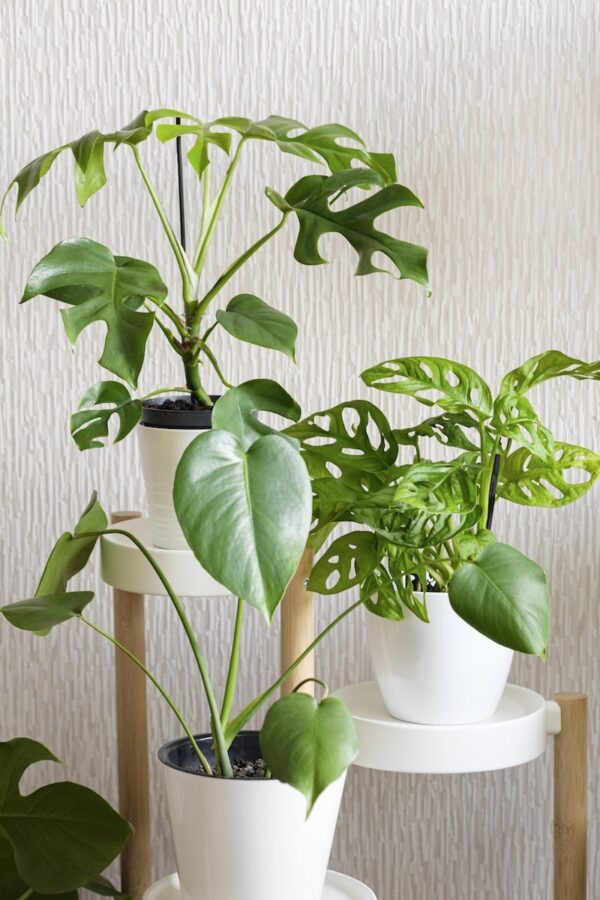
With the Rhaphidophora, there are a couple of common problems that people can run into, pests, diseases, and growth issues:
Pests: When it comes to the Rhaphidophora, the most common pest is the spider mite. These little buggers look to suck the sap from your leaves and replace it with toxins, thereby harming the stem and leaves. You can tell that a spider mite has damaged a leaf by checking for yellowing or speckled leaf surfaces.
Disease: Although the Rhaphidophora is well equipped to handle many diseases, it can fall victim to root rot caused by overwatering. Keep the soil damp but not soggy. Avoid standing water around the plant. You may want to consider better-draining soil if you’ve already had to trim rotten roots away during a transplant.
Growing Problems: Having a plant that grows leggy is one of the main issues with the Rhaphidophora. This will usually result from poor light, which is why it is always best to keep your plant in bright areas. While your plant likes consistent moisture, that doesn’t mean you should water it every day. Similarly, excessive watering can lead to conditions that are optimal for fungal root rot development. Monitor the moisture in the soil, and only water your pot if necessary.
FAQs
Yes, they have a reputation for being good house plants. This is because they are small climbers, meaning that they will not spread too rapidly. They are also great for outdoor use.
Ensure that your soil/potting mix is moist and in good condition and keep the plant in a place where it can benefit from direct and indirect sunlight.
The Rhaphidophora is part of the Araceae family; these plants are toxic to animals. So beware of this if you have a pet.
The Rhaphidophora comes from Southeast Asia, where it is known to grow near trees and rocks.
When it is growing season, you should look to water your Rhaphidophora every week. Try to let the top inch of your potting mix dry out a little before watering it again because you don’t want to overwater the plant.

